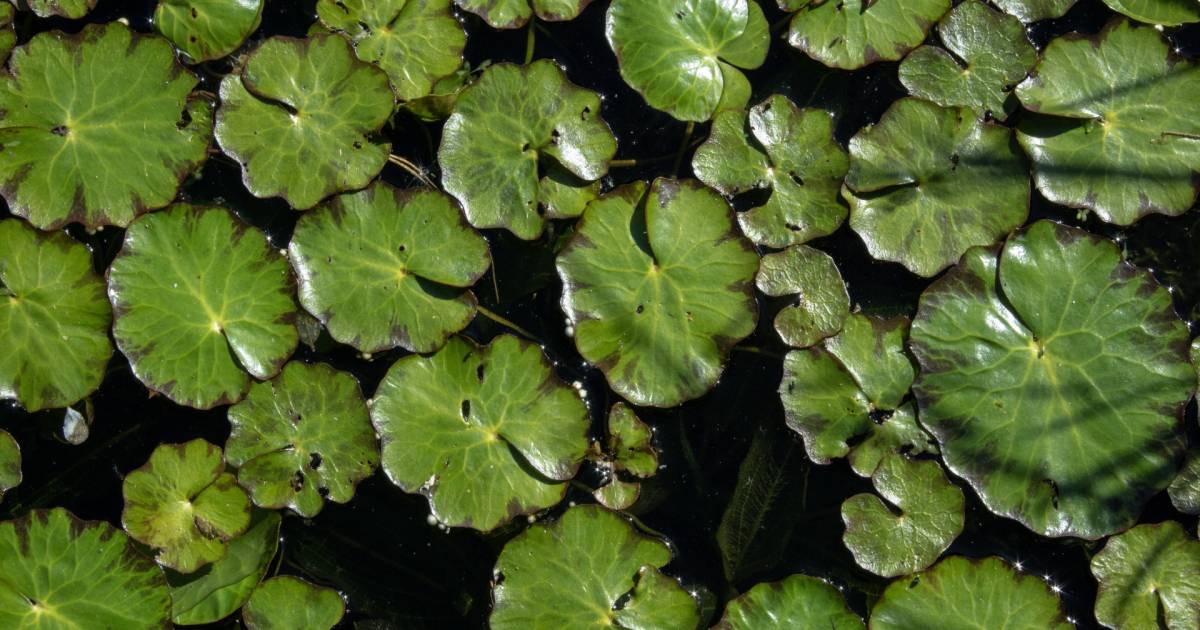What Are Pond Plants and Why Are They Important?
Ponds are enchanting aquatic ecosystems that can bring tranquility and beauty to any outdoor space. One crucial element that adds to the charm of a pond is the presence of pond plants. These plants not only enhance the aesthetic appeal of the water feature but also play a vital role in maintaining a balanced and healthy ecosystem.
What types of pond plants are there?
Pond plants can be broadly categorized into three groups: submerged plants, floating plants, and marginal plants. Submerged plants, such as Anacharis and Hornwort, grow entirely beneath the water's surface. Floating plants, including Water Lilies and Water Hyacinths, float freely on the water's surface. Marginal plants, like Cattails and Pickerelweed, thrive at the edges of the pond, with their roots submerged in water and foliage above the surface.
Why are pond plants important for a healthy pond?
Pond plants offer numerous benefits to a pond ecosystem. They serve as natural filters, absorbing excess nutrients and reducing algae growth. Their extensive root systems help prevent erosion and stabilize the pond's banks. Pond plants also provide shade and shelter for fish, frogs, and other aquatic creatures, creating a balanced and harmonious environment.
How do pond plants contribute to water quality?
One of the most significant advantages of pond plants is their ability to improve water quality. Through a process called photosynthesis, pond plants convert carbon dioxide into oxygen, thus increasing the oxygen levels in the water. This oxygenation benefits fish and other aquatic organisms by providing them with a healthy and habitable environment. Furthermore, pond plants absorb harmful chemicals and pollutants, helping to detoxify the water and maintain its clarity.
Can pond plants help control algae growth?
Yes, pond plants play a crucial role in controlling algae growth. Algae thrive in nutrient-rich water, and their excessive growth can lead to imbalances in the pond ecosystem. Pond plants compete with algae for nutrients, effectively limiting their growth. By shading the water's surface, floating plants also reduce the amount of sunlight available to algae, further curbing their proliferation. Therefore, a well-planted pond with a diverse range of plants is less likely to suffer from an overgrowth of unsightly algae.
How do I care for pond plants?
Caring for pond plants is relatively simple. Submerged and floating plants require regular trimming to prevent overcrowding. Marginal plants should be divided and replanted every few years to maintain their vigor. It is essential to monitor water quality, ensuring it is within the suitable range for the specific plants. Regular fertilization and the use of aquatic plant soil or pots can provide the necessary nutrients for optimal growth. Lastly, removing dead or decaying plant matter from the pond helps maintain water clarity and prevents the buildup of organic debris.
Pond plants are not only beautiful additions to a water feature but also essential for maintaining a healthy and balanced pond ecosystem. Their ability to filter water, control algae growth, and provide shelter for aquatic life makes them invaluable. By incorporating a variety of pond plants, you can transform your pond into a vibrant and thriving oasis of tranquility.
Categories: Seasonal, Gardening | Authored by: RE DESIGN | Posted: 06/19/2023
